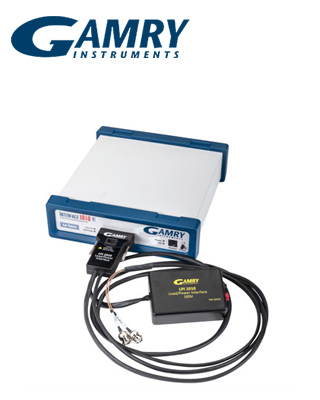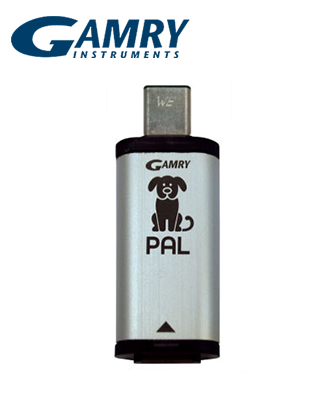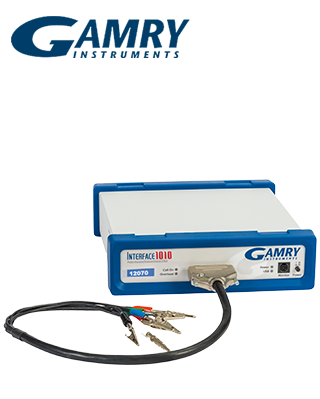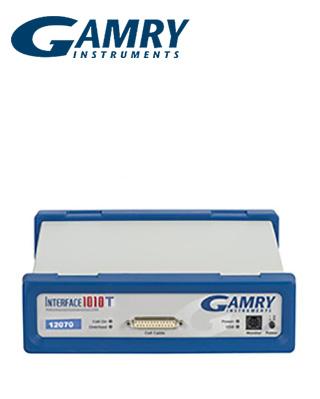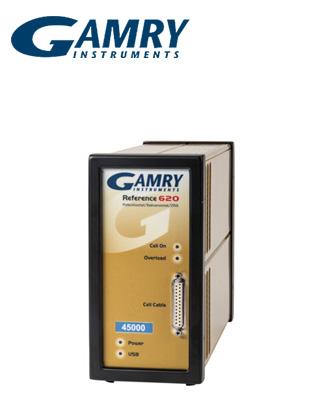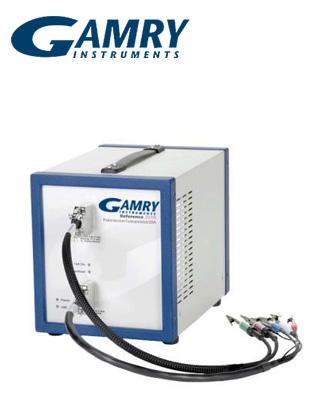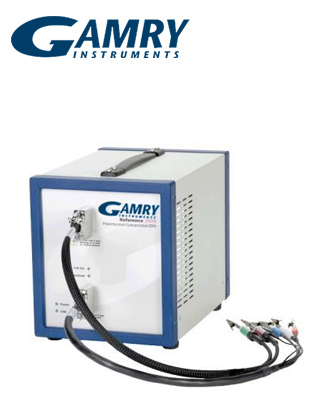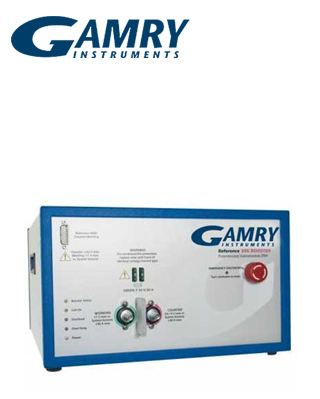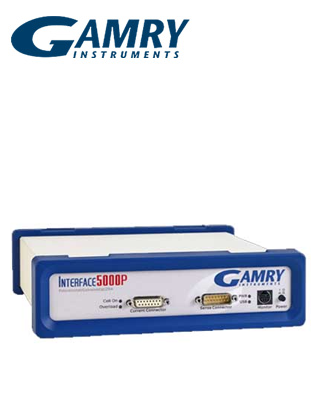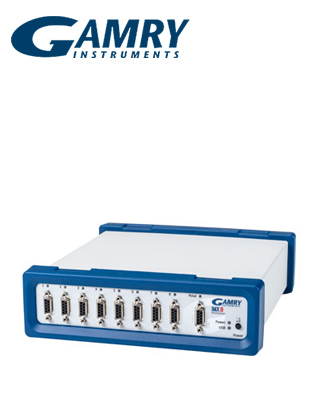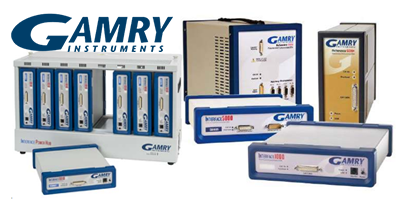高電壓EIS 測試系統
高電壓 EIS 測試系統
用於電池、燃料電池和電解器的高電壓 EIS 測試系統
汽車電氣化要求改變電池和燃料電池的測試方式。電化學阻抗譜幾乎是測試電池和燃料電池的通用技術,有助於瞭解裝置功能。直到目前為止,在這些用於汽車的大型能源裝置上進行 EIS 測試仍是不可能的。普通的恒電位儀不具備測試這些裝置所需的電壓和電流範圍。Gamry 的新型高電壓 EIS 測試系統解決了這個問題。LPI1010 可讓您在這些大型系統上執行高達 1000V 的 EIS。
主要規格
- 三種型號 - 10、100、1000 V 16-bit解析度
- EIS 高達 100 kHz**恆電流或混合式 EIS
系統資訊
典型的系統包括Interface 1010E 恆電位器和 LPI1010,與雙極電源供應器或電子負載配合使用。下圖所示為電池阻抗測量的系統示意圖。
適用於量測燃料電池。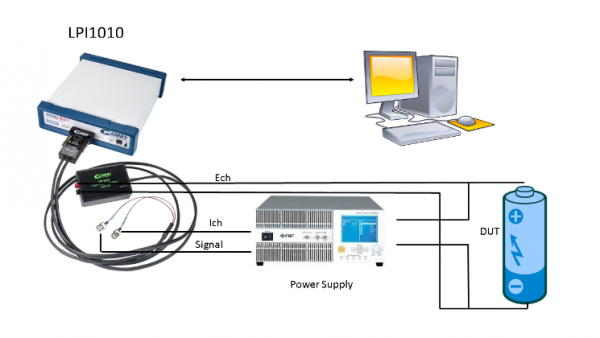
LPI1010 搭配電源供應器可測量電池的阻抗。在指定頻率下測量 I 和 E 可以計算阻抗
既有的Interface 1010E 需要返廠進行升級,才能操作 LPI1010
使用自己的電子負載或電源供應器的客戶可能需要自訂組態檔案和校正單元。請聯絡 Gamry 或當地經銷商以取得這些系統和情況的詳細資訊。
Gamry LPI1010 專為電池和燃料電池的低阻抗而設計。它可以在 10 μHz 至 100 kHz 的頻率範圍內量測複雜阻抗 (上限由電子負載或電源供應器決定)。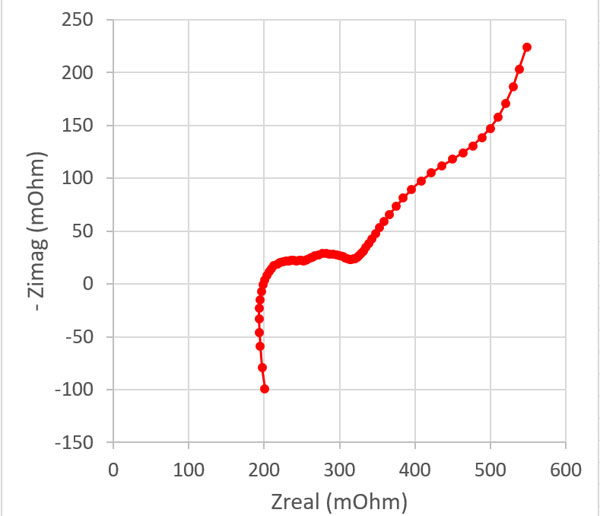
主要特點
高頻 EIS 量測的精確度取決於儀器的頻寬。 EIS 量測的最大頻率通常為 10 kHz。 LPI1010 的頻寬為 100 kHz。 關鍵規格是電子負載的頻寬。 負載的頻寬會決定 EIS 量測的上限頻率。請聯絡 Gamry了解您的負載頻寬。
動態電化學測量(如 EIS)的精確度是一個重要的問題。 Gamry LPI1010 在擷取過程中會對每個頻率的資料進行統計分析。 只有在符合精確度標準後,資料才會被接受。 精確度標準可由使用者調整。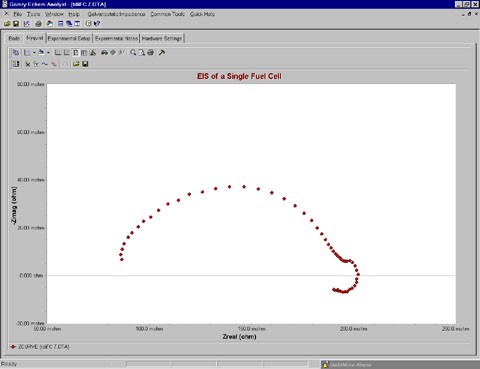
單個 PEM 燃料電池的Nyquist Plot。 此數據在 Echem Analyst 中繪製請注意低頻時的負阻抗
燃料電池是動態樣品,快速完成量測可能很重要。
在擷取過程中,LPI1010 使用者可以選擇最佳化速度 (Speed) 或精確度 (Accuracy)。 當選擇 Speed 時,會放寬精確度標準,並在實驗期間顯示最少的資訊。 高速模式下的 EIS 量測時間比高精度模式下快三倍以上。
當用於研究燃料電池時,EIS 總是在有相當大的直流電流存在的情況下進行量測。 LPI1010 高電壓阻抗測試系統可將這些直流電平抵銷為零,以便以高增益測量交流值,達到最高精度。
|
一般規格 |
|
|
尺寸 |
7 cm x 5 cm x 3 cm (l x w x h) – LPI1010 |
|
重量 |
LPI1010 – 0.5 kg |
|
環境 5-40 °C, 90% Humidity |
|
|
系統 |
|
|
測量電壓範圍 |
10v, 100v, 1000V |
|
EIS 頻率範圍 |
10 uHz – 100 kHz |
High Voltage EIS Test System
for Batteries, Fuel Cells and Electrolyzers
Vehicle electrification is requiring changes in how batteries and fuel cells are tested. Electrochemical impedance spectroscopy is a nearly universal technique for testing of batteries and fuel cells that helps understand device function. Until now, doing EIS on these large energy devices used in vehicles wasn't possible. Normal potentiostats don't have the voltage and current ranges necessary to test these devices. Gamry solves this issue with it's new High Voltage EIS Test System. The LPI1010 gives you the capability to perform EIS up to 1000V on these large systems.
Key Specifications
| Three models - 10, 100, 1000 V | 16-bit resolution |
| EIS up to 100 kHz** | Galvanostatic or Hybrid EIS |
**Actual bandwidth depends upon the bandwidth of your electronic load or power supply
System Information
A typical system consists of an Interface 1010E potentiostat and an LPI1010 working in conjunction with a Bipolar Power Supply or Electronic Load. A schematic of the system is shown below for impedance measurements on a battery. A similar arrangement can be used to measure a fuel cell.
The LPI1010 with a Power Supply measures the impedance of the Battery. The measurement of I and E at a given frequency allows the calculation of the impedance.
Older Interface 1010Es will require an upgrade at the factory before they can operate an LPI1010.
Customers using their own loads or power supplies may require a custom configuration file and calibration cells. Contact Gamry or your local distributor for further details on these systems and situations.
The Gamry LPI1010 is designed to accommodate the low impedance of batteries and fuel cells. It can measure complex impedance over a frequency range of 10 μHz to 100 kHz (the upper limit is determined by the electronic load or power supply).
Key Features
The accuracy of an EIS measurement at high frequencies is dependent upon the bandwidth of the instrument. EIS measurements are usually made at a maximum frequency of 10 kHz. The LPI1010 has a bandwidth of 100 kHz. The critical specification is the bandwidth of the Electronic Load. The Load bandwidth will determine the upper frequency of the EIS measurement. Contact Gamry regarding the bandwidth of your Load.
The precision of a dynamic electrochemical measurement such as EIS is an important issue. The Gamry LPI1010 performs a statistical analysis of the data at each frequency during acquisition. The data is accepted only after the precision criteria are met. The precision criteria can be adjusted by the user.
A Nyquist Plot of a Single PEM Fuel Cell. This data is plotted in the Echem Analyst.
Note the negative impedances at low frequencies.
A fuel cell is a dynamic sample and it can be important to make the measurement quickly. The LPI1010 user has a choice of optimizing Speed or Accuracy during acquisition. When Speed is selected, the precision criteria are relaxed and a minimum amount of information is displayed during the experiment. The measurement time for an EIS measurement in High Speed mode is over three times faster than in High Accuracy mode.
When used to study fuel cells, EIS is always measured in the presence of a significant DC current. The LPI1010 High Voltage Impedance Test System offsets these DC levels to zero so that the AC values can be measured at a high gain for maximum accuracy.
Specifications
General |
|
| Dimensions | 7 cm x 5 cm x 3 cm (l x w x h) – LPI1010 |
| Weight | LPI1010 – 0.5 kg |
| Environmental | 5-40 °C, 90% Humidity |
System |
|
| Measured Voltage Ranges | 10v, 100v, 1000V |
| EIS Frequency Range | 10 uHz – 100 kHz |


